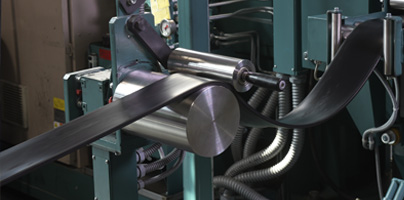EPDM VS NEOPRENE
Choose the right sealing compound for optimum pricing and performance.

When selecting rubber sealing materials, design engineers commonly face the choice of EPDM or neoprene.
As EPDM’s popularity has increased, its pricing has become more competitive. As a result, EPDM may offer savings over neoprene in certain applications without compromising effectiveness.
Unless there is a need for the specific chemical or fluid resistance properties of neoprene, designers should explore if EPDM will provide them with a more economical sealing option.
EPDM ADVANTAGES
EPDM and neoprene are both considered to be good all-purpose materials. They can be extruded and molded into a variety of sponge and dense products. In addition, they both offer good resistance to weathering and abrasion.
However, EPDM is superior to neoprene in UV and Ozone resistance and may be more favorable when heat resistance is a factor. EPDM seals also provide better flexibility at low temperatures compared to neoprene.
APPLICATIONS
EPDM seals are commonly used in outdoor applications such as windows and doors. Because of its versatility, EPDM lends itself to a number of additional markets including automotive and industrial products.
On the other hand, neoprene can provide a superior solution when flame resistance or resistance to oils and gasoline is required.
Cooper Standard ISG application engineers can evaluate the specific end-use conditions of your application to optimize the pricing, design and performance of a seal or gasket.